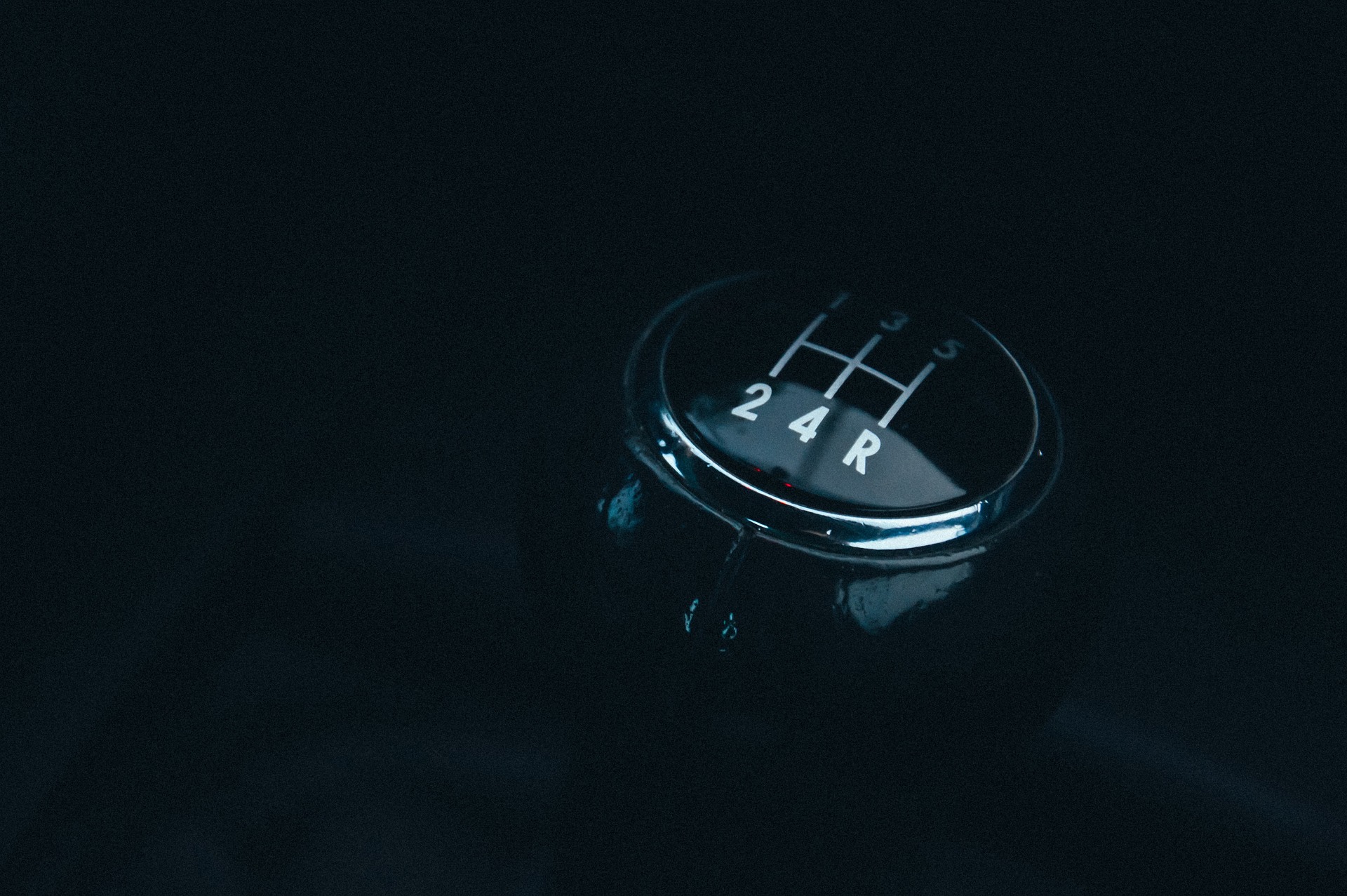Taming the Torque: The Intricacies of Torque Vectoring Technology
A sharp curve up ahead - you grip the wheel tighter, your pulse quickens, and as you steer into the bend, your car responds with precision and agility. This is no ordinary driving experience but a testament to the marvel of automotive engineering: Torque Vectoring. This innovative technology, once exclusive to race cars, now finds itself in the realm of everyday driving, redefining our relationship with the road.

The Genesis of Torque Vectoring
Torque Vectoring can be traced back to the world of motorsport. The high-speed, high-stakes environment of auto racing has always been a testing ground for innovative car technologies. In the late 1980s, engineers started tinkering with the idea of enhancing the car’s cornering ability by manipulating the torque distribution between the wheels. This led to the birth of Torque Vectoring, a technology that promised better handling, greater stability, and a whole new level of driving experience.
How Torque Vectoring Works
At its heart, Torque Vectoring is about control - control of torque, to be precise. Unlike traditional differentials that distribute equal torque to the wheels, Torque Vectoring systems vary the amount of torque sent to each wheel. When a car turns a corner, the system reduces torque to the inner wheel and increases it to the outer wheel. This differential in torque results in a yaw moment that helps the car steer into the curve, leading to enhanced agility and cornering precision.
The Impact of Torque Vectoring on the Industry
Torque Vectoring is more than just a performance-enhancing technology; it is a game-changer that is reshaping the automotive industry. It has set new standards for vehicle handling and stability, making high-performance driving more accessible to the average driver. However, it’s not without its challenges. Implementing Torque Vectoring requires intricate engineering and can increase the vehicle’s weight and complexity, posing significant design and production challenges.
Torque Vectoring: The Road Ahead
With the rise of advanced driving aids and semi-autonomous driving systems, Torque Vectoring has found new relevance. It can work in sync with these technologies to provide a safer, more controlled driving experience. Furthermore, as we move towards a future of self-driving cars, Torque Vectoring could play a pivotal role in ensuring these vehicles navigate with precision and safety.
The Science of Driving
Torque Vectoring is a testament to the relentless pursuit of automotive excellence. It’s a technology that marries physics with engineering to elevate the driving experience to new heights. As we continue to push the boundaries of what’s possible in automotive technology, Torque Vectoring stands as a shining example of how science can transform the simple act of driving into an exhilarating journey.
In the world of automotive, Torque Vectoring is more than a technological innovation—it’s a revolution on wheels. It has forever changed our relationship with the road, turning every curve into an adventure, every journey into an experience.




